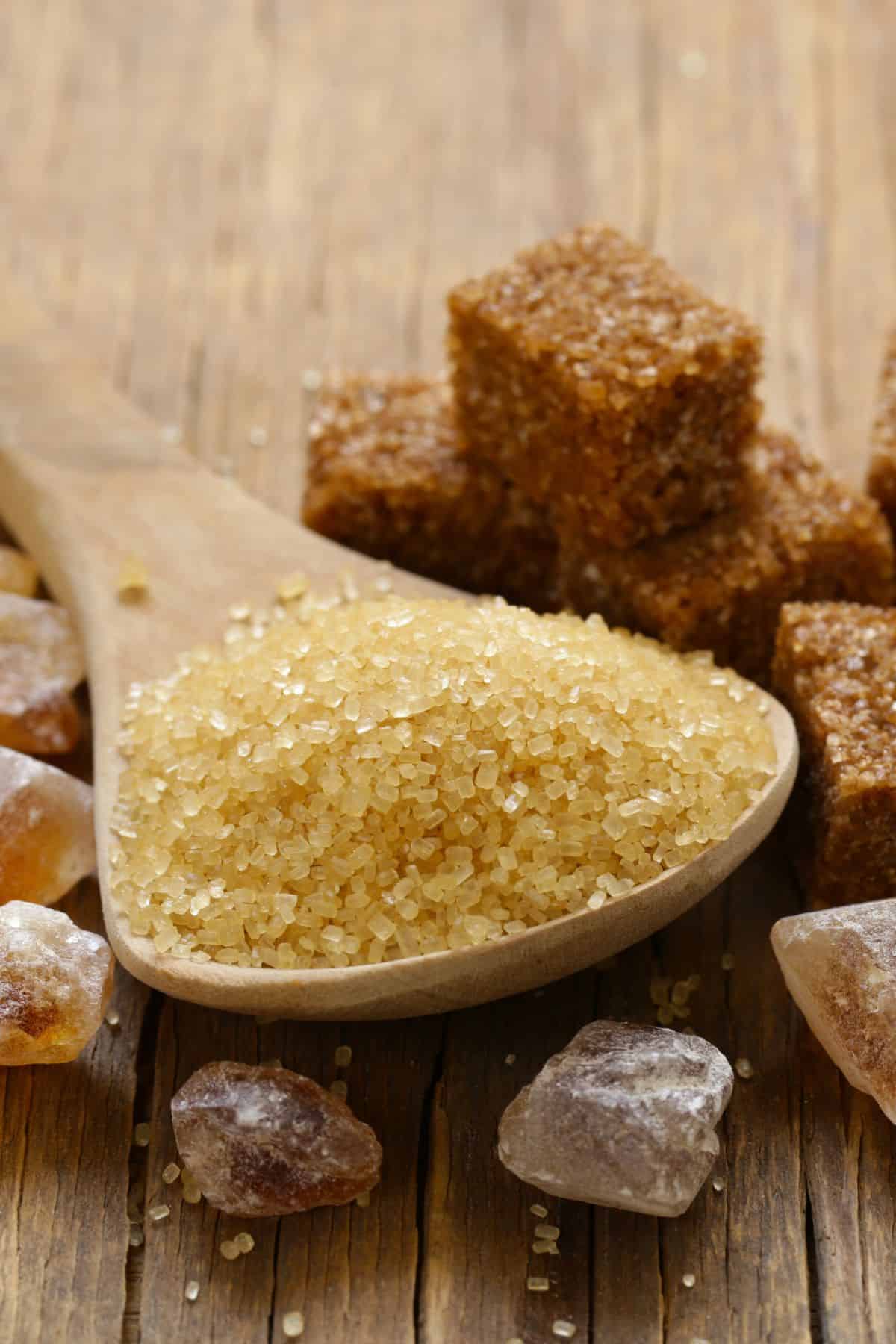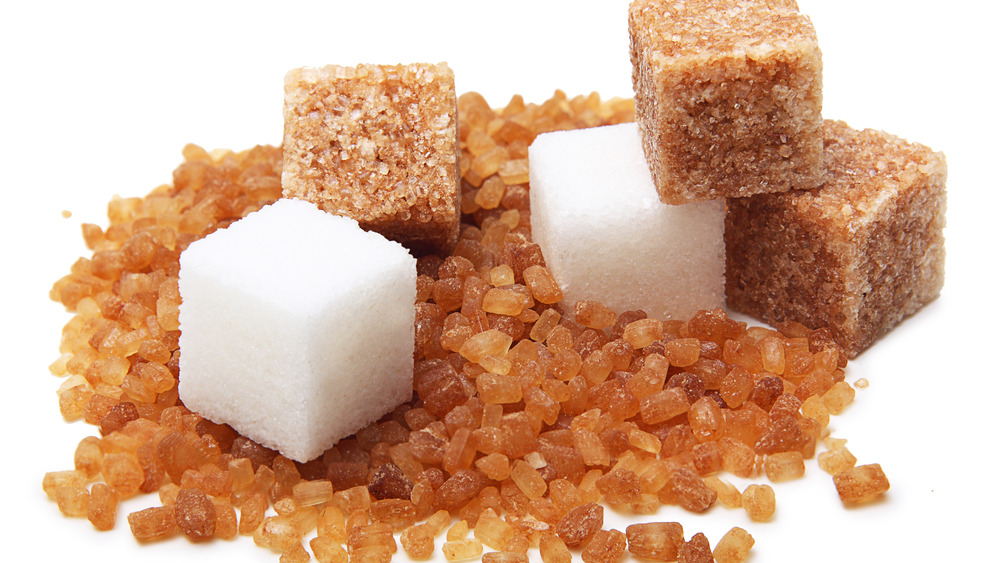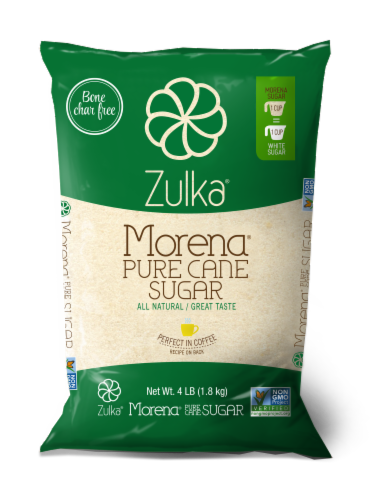The Journey of Cane Sugar Processing: From Harvest to Crystals
The Journey of Cane Sugar Processing: From Harvest to Crystals
Blog Article
Exploring the Comprehensive Steps Associated With Cane Sugar Processing From Gathering to Refinement
The procedure of walking cane sugar manufacturing includes a series of complex actions, starting with the careful harvesting of sugarcane and culminating in the refinement phases that make certain the end product fulfills market standards. Each phase, from the extraction of juice to the purification and condensation procedures, plays an important function in establishing the top quality and character of the sugar. Understanding these phases not just highlights the complexity of sugar manufacturing yet likewise raises important questions about performance, sustainability, and innovation in the sector. What implications do these elements have for future practices?
Collecting Sugarcane
Gathering sugarcane is a vital action in the walking stick sugar processing chain, as it straight affects the quality and yield of the end product. Appropriate timing and techniques are necessary during this stage to make sure optimal sugar content and lessen losses. Commonly, sugarcane is collected when it gets to maturity, generally 12 to 18 months after growing, identified by a high sucrose focus.

Post-harvest, the sugarcane needs to be processed swiftly to avoid sucrose destruction. Ideally, collected walking cane should be transferred to processing facilities within 24 hours to maintain sugar quality. As a result, reliable logistical preparation is essential to keep the integrity of the harvested plant throughout the supply chain.
Removal Process

The crushed walking cane is subjected to a collection of pressing operations to make best use of juice recovery. Usually, warm water is sprayed onto the smashed cane, producing a countercurrent circulation that helps dissolve the sugar while also helping in the extraction process. The juice accumulated from this operation contains not just sugar however additionally various natural substances and contaminations.

To boost extraction efficiency, some centers might utilize diffusion techniques, where the sugarcane is soaked in warm water, enabling the soluble sugars to diffuse right into the fluid. The resulting juice, abundant in sucrose, is then guided to subsequent processing phases, laying the structure for purification and refinement. The extraction process is thus pivotal in identifying the top quality and yield of the final sugar item.
Filtration Techniques
The filtration strategies employed in walking cane sugar handling are important for transforming the raw juice right into a top notch sugar product. These methods mainly intend to remove contaminations, such as soil, plant materials, and not natural materials, which can negatively influence the end product's flavor and shade.
One of one of the most typical purification techniques is clarification. This process entails including lime and warm to the raw juice, which facilitates the coagulation of pollutants. The resulting precipitate is after that eliminated with sedimentation or purification, generating a more clear juice. Furthermore, the usage of phosphoric acid can enhance the explanation process by additional binding contaminations.
An additional considerable method is carbonatation, where co2 is presented to the cleared up juice. This response produces calcium carbonate, which catches remaining impurities and advertises their elimination.
Additionally, turned on carbon therapy might be used to adsorb any type of remaining colorants and organic pollutants, making certain an extra navigate to this site refined item. The mix of these see this here methods properly prepares the sugar juice for subsequent steps in the refining process, setting the phase for the manufacturing of high-quality cane sugar.
Formation Approaches
After the filtration phase, the following essential action in walking stick sugar processing involves formation methods, which play a critical role in transforming the made clear juice right into strong sugar. This process normally utilizes two main techniques: spontaneous crystallization and controlled condensation.
In spontaneous formation, supersaturated sugar solutions are enabled to cool normally, bring about the development of sugar crystals in time. This method is less complex yet may cause uneven crystal dimensions and reduced purity levels. On the various other hand, managed condensation is a more precise method where concentration, seeding, and temperature level agents are meticulously handled. This approach permits the consistent development of sugar crystals and higher purity.
During condensation, the clarified juice is focused through dissipation, increasing its sugar content up until it reaches supersaturation. Once this point is achieved, either approach can help with the formation process. Cane Sugar Processing. The resultant sugar crystals are after that divided from the continuing to be syrup through centrifugation
Ultimately, the option of crystallization method impacts the top quality, size, and purity of the last sugar item, making this step important in the overall walking stick sugar processing treatment.
Refinement and Product Packaging
Exactly how can the pureness and top quality of walking cane sugar be further improved after formation? The improvement process plays an important duty in accomplishing high-quality cane sugar.
Following, the sugar is subjected to a process called centrifugation, where it is rotated at high rates to separate the cleansed sugar crystals from the remaining liquid. After centrifugation, the sugar is commonly additional improved with a method called carbonization or phosphatation, which makes use of activated carbon or phosphoric acid to get rid of shade and off-flavors.
When fine-tuned, the sugar is dried to accomplish the wanted dampness material, making certain that it remains steady during storage space and transportation. The last step includes packaging the refined sugar in impermeable and moisture-proof containers to keep its quality and stop contamination. Cane Sugar Processing. Appropriate product packaging not just extends rack life but also assists in simple handling and distribution, ensuring that consumers get sugar that meets the greatest standards of pureness and high go to website quality
Conclusion
The extensive steps associated with walking stick sugar handling, from the careful harvesting of sugarcane to the detailed refinement and packaging stages, emphasize the value of each phase in making sure premium sugar manufacturing. Optimal harvesting strategies, reliable removal methods, and rigorous purification procedures jointly contribute to the end product's pureness and security. The condensation and succeeding packaging techniques better improve the stability and life span of the sugar, highlighting the intricacy and precision inherent in this vital farming industry.
The process of cane sugar manufacturing incorporates a series of complex steps, starting with the mindful harvesting of sugarcane and finishing in the refinement phases that guarantee the last item satisfies industry standards. Ideally, gathered walking cane must be carried to processing centers within 24 hours to maintain sugar quality.In spontaneous condensation, supersaturated sugar services are enabled to cool down normally, leading to the development of sugar crystals over time - Cane Sugar Processing. The refinement procedure plays an important role in achieving high-quality walking stick sugar.The comprehensive actions involved in cane sugar handling, from the thorough harvesting of sugarcane to the intricate refinement and packaging phases, emphasize the value of each stage in making sure top quality sugar manufacturing
Report this page